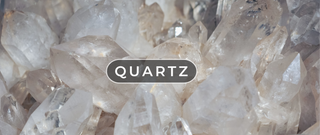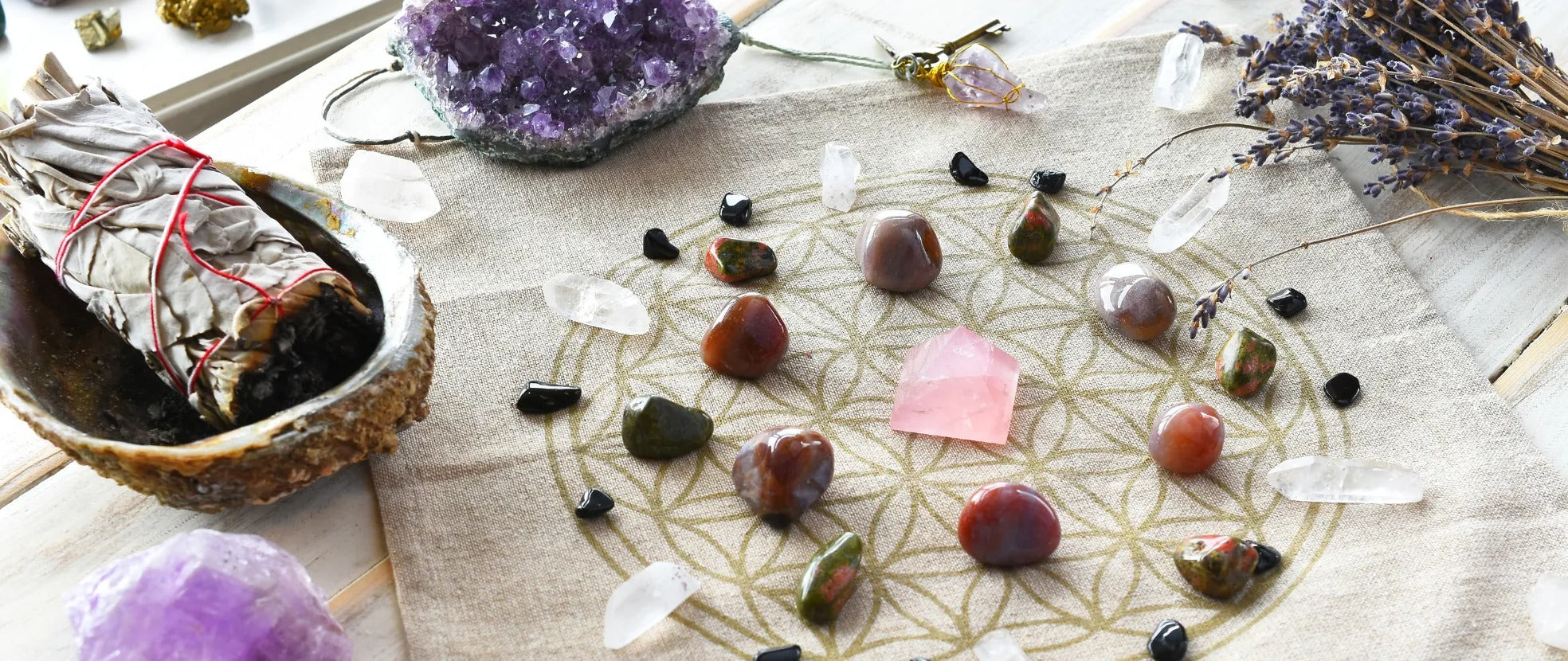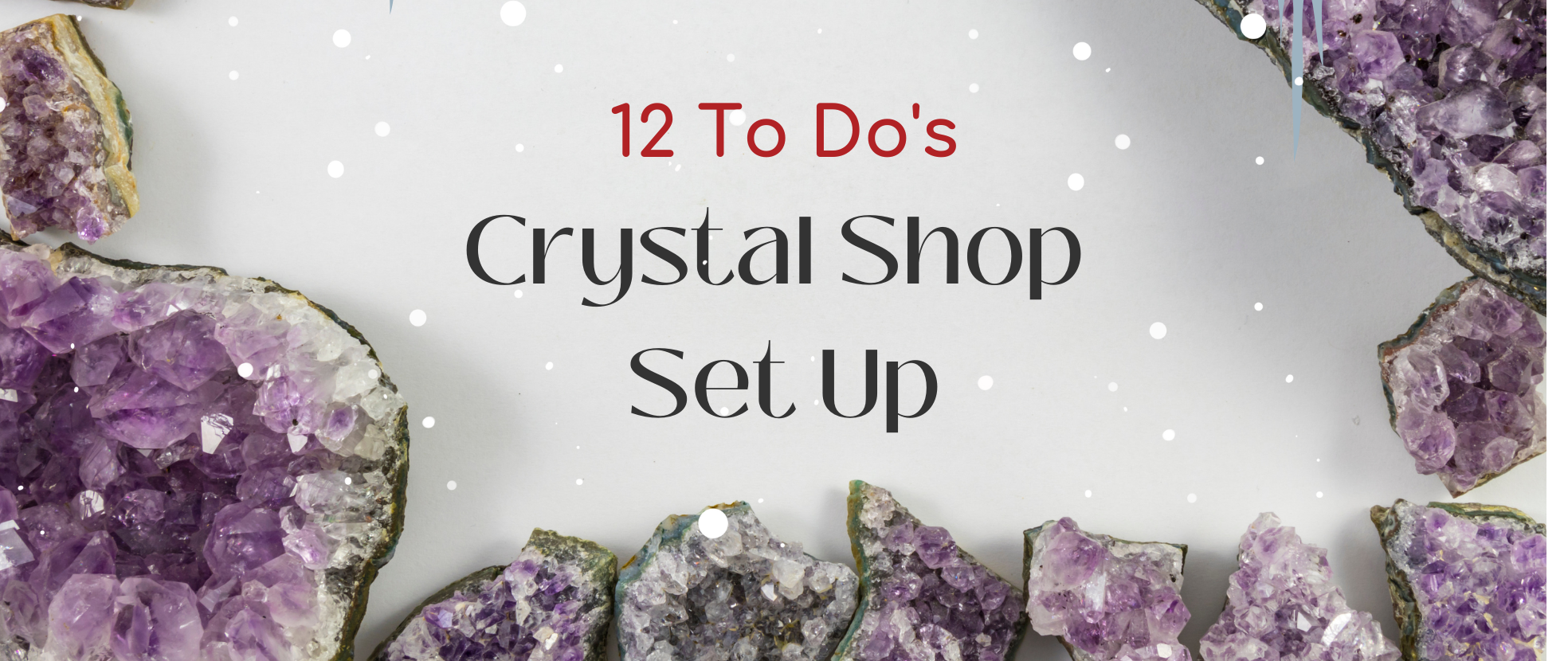Quartz is made up of silicon and oxygen atoms. It is the second most abundant mineral on Earth next to Feldspar. It forms in almost all mineral environments at all temperatures. It is present in igneous, sedimentary, and metamorphic rocks. Even the sand of beaches, rivers, and deserts contain significant amounts of Quartz.
Dig deeper into the properties and history of this universal stone.
The Physical Properties of Quartz
With a Mohs hardness rating of 7, Quartz is a highly durable mineral. It remains very stable even when exposed to extreme temperatures and harsh chemicals. Unlike other minerals that dissolve in weaker acids, Quartz – like other silicate minerals – is only soluble in hydrofluoric acid.
While it is durable, the mineral is also very brittle. It easily forms rounded or shell-like conchoidal fractures when subjected to pressure. This is why Quartz crystals naturally have marks or grooves on their surface. It also has a vitreous or glass-like luster.
Pure Quartz has a clear or white colour. However, the presence of mineral impurities can make the mineral purple, pink, green, yellow, orange, blue, or red. For instance, Amethyst (the most common variety of Quartz) can display a lilac to deep purple colour due to traces of iron in the stone.
Other Quartz varieties include:
- Agate
- Aventurine
- Bloodstone
- Citrine
- Carnelian
- Chalcedony
- Prasiolite
- Onyx
- Jasper
- Rose Quartz
The History of Quartz
It is believed that the name Quartz comes from the old German word querkluftertz meaning ˜cross-vein ore.' The word was first used in 1530 by Georgius Agricola, the father of mineralogy. Ancient Greeks and Romans referred to Quartz crystals as krustallos meaning ˜ice.' This stemmed from their belief that the mineral was ice that never melted because it was created by the gods themselves.
Quartz has been widely used since the ancient times. The Sumerians used it to create cylinder seals and ring seals. They may have also used it as a stamp for producing written impressions in clay. In ancient Egypt, Quartz was a primary material in making beads, amulets, impression seals, and various jewelry pieces.
In the modern world, the mineral is an indispensable component in creating electronic devices due to its ability to convert electrical energy into mechanical energy. Quartz crystals are used in creating radios, transistors, microphones, digital watches, computer chips, and electric guitars.
Quartz also finds its way into glassmaking. Quartz sand is used in producing fiberglass, container glass, flat plate glass, and specialty glass.
The Lore of Quartz
Since its discovery, people have believed in the magical properties of Quartz.
Earliest Greek, Roman, and Egyptian civilizations used Quartz crystals as amulets and talismans. Ancient Japanese culture believed that Quartz was made from the breath of a white dragon. They associated Quartz with perfection.
Aboriginal tribes in Australia and South America link Quartz crystal with creation myths, believing that the crystal guided the creation of all life forms in the universe.
Beginning in the middle ages, different forms of crystal Quartz like balls and skulls have been used in many rituals to predict the future.

The Metaphysical Properties of Quartz
Quartz is a highly prized mineral in the world of alternative healing. It is considered a powerful healing stone; a Universal Crystal with a diverse range of benefits in healing and meditation. It is also used to protect and channel energies.
Below are other healing and restorative benefits associated with Quartz:
- Restores harmony in environments
- Balances energies in relationships
- Stimulates healing
- Boosts mental and physical vigor and stamina
- Accelerates spiritual growth and wisdom
- Elevates creativity
- Clears the mind
- Stabilizes emotions
Note: There is no scientific evidence that supports the effectiveness of mineral stones and crystals in treating ailments. All information published here is purely for educational purposes.
Scientists attribute the healing impact to the placebo effect that takes place when using stones and crystals. Holding stones and meditating with them is said to trigger the release of feel-good hormones (endorphins and dopamine) in the brain.
Sources:
King, H. (n.d.). Quartz. Geology.com. Accessed at https://geology.com/minerals/quartz.shtml
Quartz Meaning, Powers and History. (n.d.). Jewels for Me. Accessed at https://www.jewelsforme.com/gem_and_jewelry_library/quartz
Quartz. (n.d.). Britannica. Accessed at https://www.britannica.com/science/quartz
Quartz Crystal History. (n.d.). Fire Mountain Gems. Accessed at https://www.firemountaingems.com/resources/encyclobeadia/gem-notes/gmstnprprtsrckc
Legend Lore and Meaning of Rock Crystal also known as Crystal Quartz (n.d). Double Dragon Jewelry Ltd. Accessed at https://doubledragonjewelry.ca/legend-lore-and-meaning-of-rock-crystal-also-known-as-crystal-quartz/





